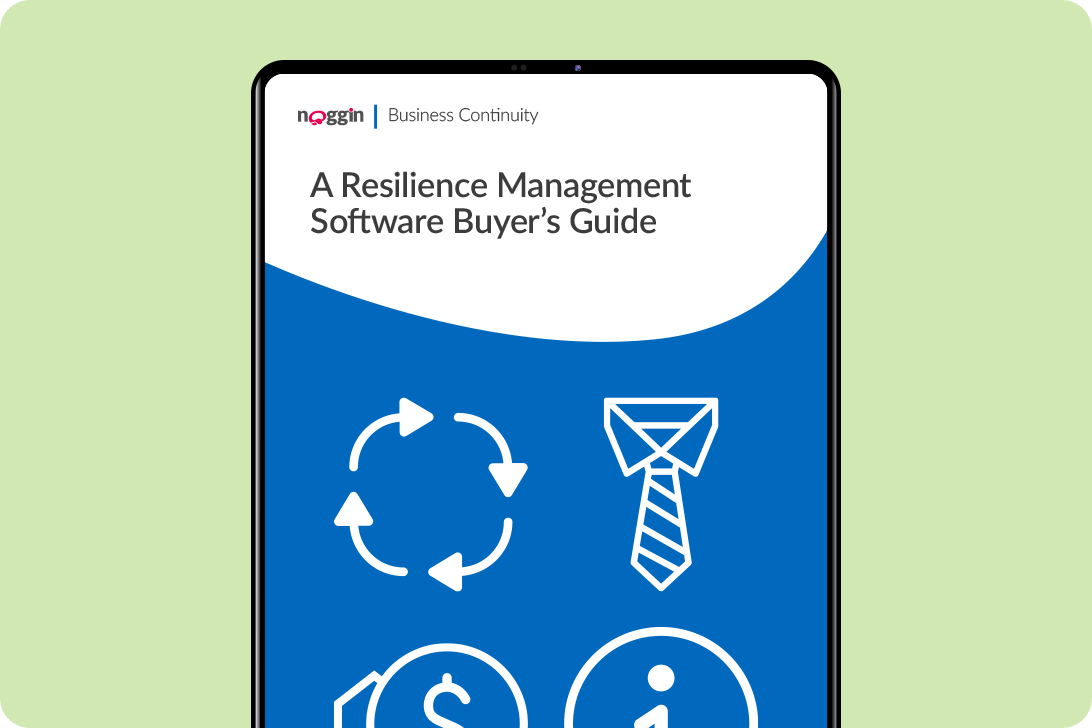Digital Tools & Strategies to Address Safety Underreporting
For experienced safety leaders, the need to keep accurate risk data goes without saying. In practice, though, it’s not that simple – with the biggest challenge coming from safety underreporting. How bad is the issue?
The prevalence of safety underreporting
Nearly a quarter of organizations underreport safety incidents, according to industry survey data. Even the ILO (International Labor Organization) has called out the practice at a national level.
But things are worse at the micro level. For instance, a reported 50 per cent of workers surveyed experiencing at least one incident, while thirty per cent of workers failed to report at least one incident.
And it’s not just the prevalence of safety underreporting that’s alarming. It’s the fact that everyone in the organization – safety deputies, field workers, managers, even senior leaders – underreports that’s concerning, as well.
Indeed, senior business leaders, while experiencing fewer incidents, actually underreport nearly twice as many incidents as their frontline subordinates.
Strategies to address safety underreporting
So, what can be done to address safety underreporting?
Well, it’s been demonstrated that organizations who pursue proactive safety compliance strategies log higher rates of safety reporting than those that don’t.
Senior leaders must, therefore, get serious about developing proactive safety cultures, then communicating the tenets of those cultures to managers and workers.
What should that safety culture comprise of?
One of the tenets of a best-practice safety compliance culture is that incident and near-miss reporting is fundamental to fulfilling the mission not only of the safety program but of the company as a whole.
Instilling that message will require leaders to reinforce the benefits of the safety culture across the organization. Benefits include:
- Fewer critical safety incidents and less damage to facilities and equipment
- Lower rates of injury and illness
- Reduced costs
- Improved productivity and higher employee engagement
What’s more, reinforcing the importance of safety reporting through rigorous trainings and site-specific inductions also makes a difference. And that’s because although many jurisdictions mandate training as part of a worker’s induction, the quality of those trainings varies widely.
Digitizing safety management to improve reporting
There’s a technological component, as well.
In survey data, workers claim they lack the ability to report incidents, hazards, and observations when they’re in the field. Instead, they have to wait until they’re back in the office, by which time they might have forgotten key details of the safety incident in question.
The digital solution, here, is to procure mobile-friendly, integrated risk and safety management software that gives workers easy-to-use, responsive incident reporting capabilities in the field.
But those reporting capabilities must be robust. What should be included? Workers should be able to capture a whole range of event report types, including safety, environmental, near misses, injuries, security, compliance, complaints, suggestions, etc.
That way safety leaders, reliant on that information, will be empowered to make data-driven work safety decisions across the organization using real-time analytics. So, what other digital capabilities can help safety teams generate safety reports ad hoc or regularly and export to external stakeholders? Request a demo of Noggin’s Safety Management capabilities to find out.




